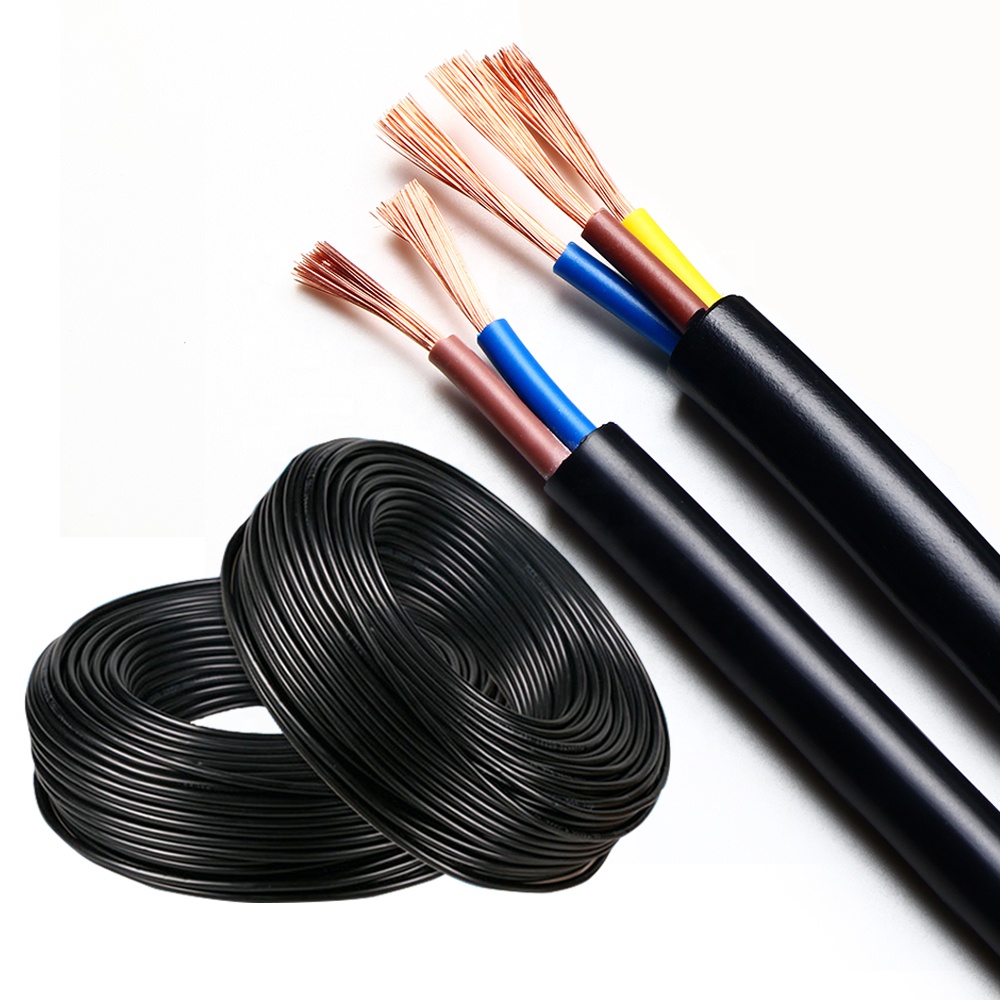 Author: Joey Wan
Author: Joey Wan  September 12,2023
September 12,2023
Wires and cables are indispensable materials in the decoration process, and circuit laying is not just about laying out wires and cables. There is a lot of knowledge involved in choosing to use cables. Take the cable products sold on the market as an example. There are single-core and multi-core cables. So what are the differences between single-core cables and multi-core cables?
Multi-core cable refers to a cable containing more than one insulated core. Common ones include two cores, three cores, four cores, five cores, 3+1 cores, 3+2 cores, 4+1 cores, etc.
2-core cable (2 core cable 6mm, 2 core cable 25mm): When the neutral line of the switching power supply of 1kV and below is directly grounded, the number of cable cores of the single-phase electrical control circuit should be 2-core cable. Analyze the maintenance line and neutral point. share one wire. The control circuit of the DC power supply system can be used, and the cable should be 2 cores.

3-core cable (3 core flexible cable, 3 core 8mm flexible cable): When the neutral line of 1kV and below switching power supply is immediately grounded, the number of cable cores of the single-phase electronic control loop is: the maintenance line is separated from the neutral point , 3-core cable should be used.
4-core cable (4 core, 16sqmm flexible cable, 4 core 4mm flexible cable, 4 core 6mm flexible cable): 1kV and below 4-core cable (3+1 cable), of which the 4th core not only serves as grounding protection, but also transports the power supply system Unbalanced current and short circuit capacity. Its size is determined by the unbalanced current and short-circuit capacity, but generally it cannot be less than 1/2 of the phase line.
